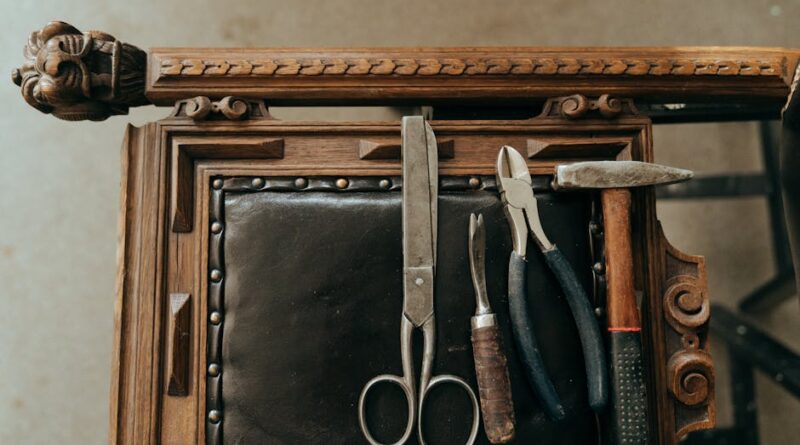Essential Techniques for Antique Interior Restoration
Antique interior restoration is a meticulous and rewarding process that brings new life to cherished pieces of history. Whether you’re a seasoned professional or a passionate DIY enthusiast, understanding the essential techniques for antique interior restoration is key to preserving the integrity and beauty of these valuable pieces. In this comprehensive guide, we will delve into the world of antique interior restoration, exploring the techniques, tools, and tips that will help you breathe new life into classic furniture and decor. From repairing delicate woodwork to reviving faded upholstery, we will cover it all. So, let’s embark on this journey together and uncover the secrets of antique interior restoration.
The Art of Antique Interior Restoration
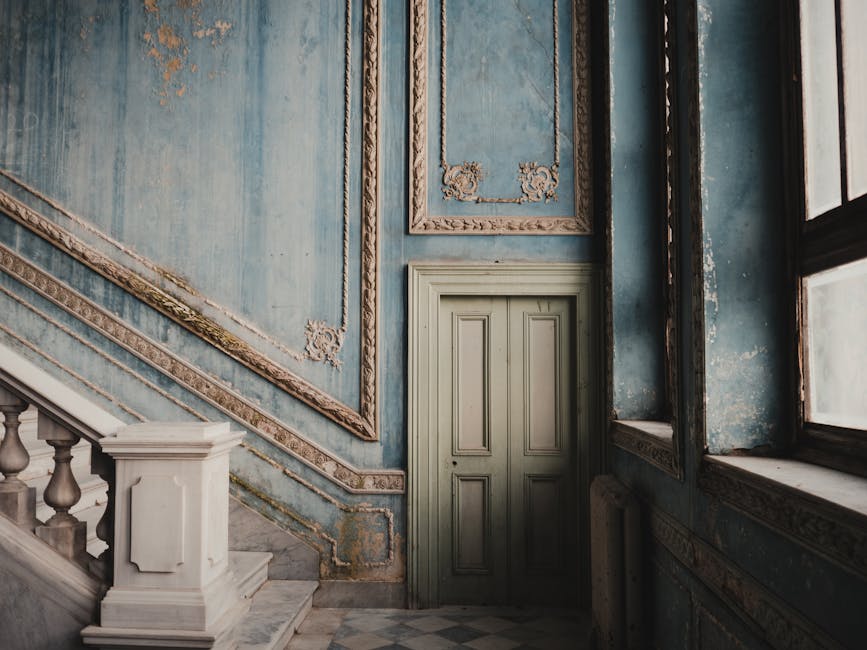
Antique interior restoration is a blend of art, science, and craftsmanship. It requires a keen eye for detail, a steady hand, and a deep understanding of historical materials and techniques. Whether you’re working on a delicate Victorian chair or a sturdy oak table, the goal remains the same: to preserve the original beauty and character of the piece while ensuring its structural integrity for years to come. Let’s explore some essential techniques that will help you master the art of antique interior restoration.
Understanding the History of Antique Interior Restoration
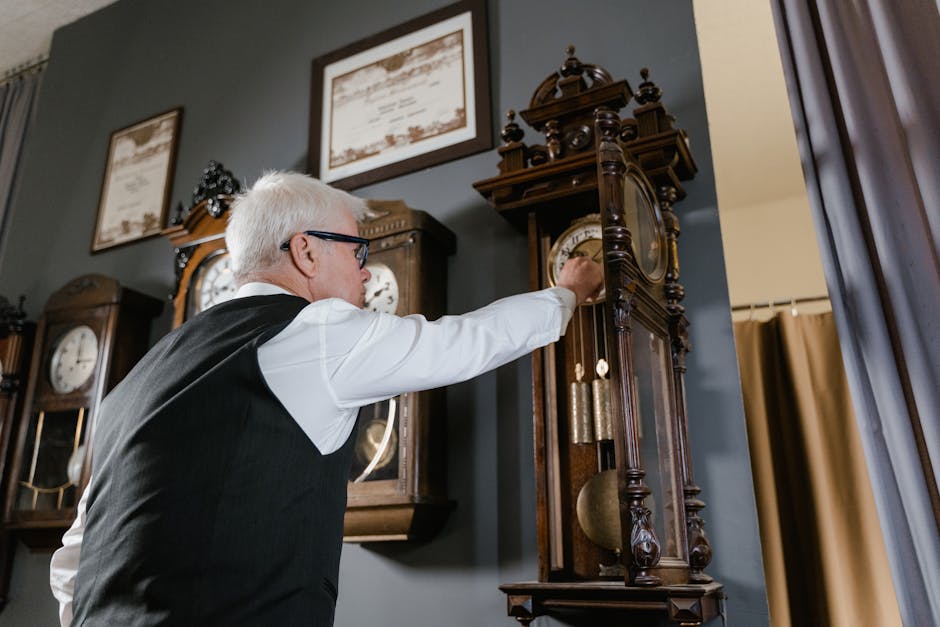
Before diving into the techniques of antique interior restoration, it’s crucial to have a solid understanding of the history behind these timeless pieces. Antique furniture and decor have been crafted using traditional methods and materials that have stood the test of time. From hand-carved details to intricate inlays, each piece tells a story of craftsmanship and artistry. By familiarizing yourself with the historical context of antique interior restoration, you can better appreciate the techniques and materials used in these pieces.
Tools of the Trade
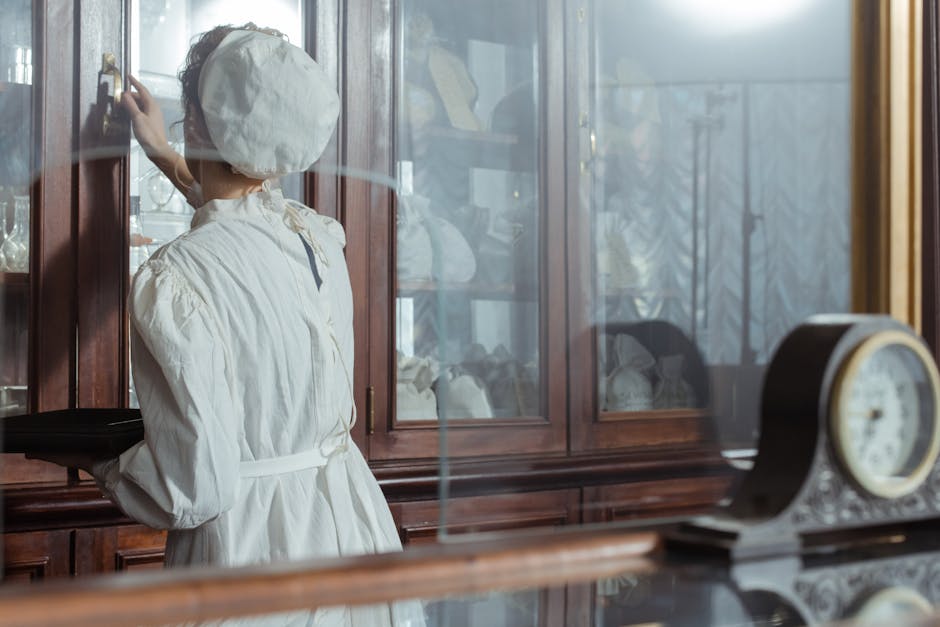
One of the first steps in antique interior restoration is gathering the right tools for the job. From delicate sandpaper to specialized wood glue, having the proper tools on hand is essential for a successful restoration project. Some must-have tools for antique interior restoration include:
- Wood glue
- Sandpaper in various grits
- Chisels and carving tools
- Wax polish
- Restoration paints and finishes
These tools will help you tackle a wide range of restoration tasks, from repairing cracks and dents to refinishing surfaces and applying protective coatings. Investing in high-quality tools will ensure precision and accuracy in your restoration work.
Repairing Woodwork
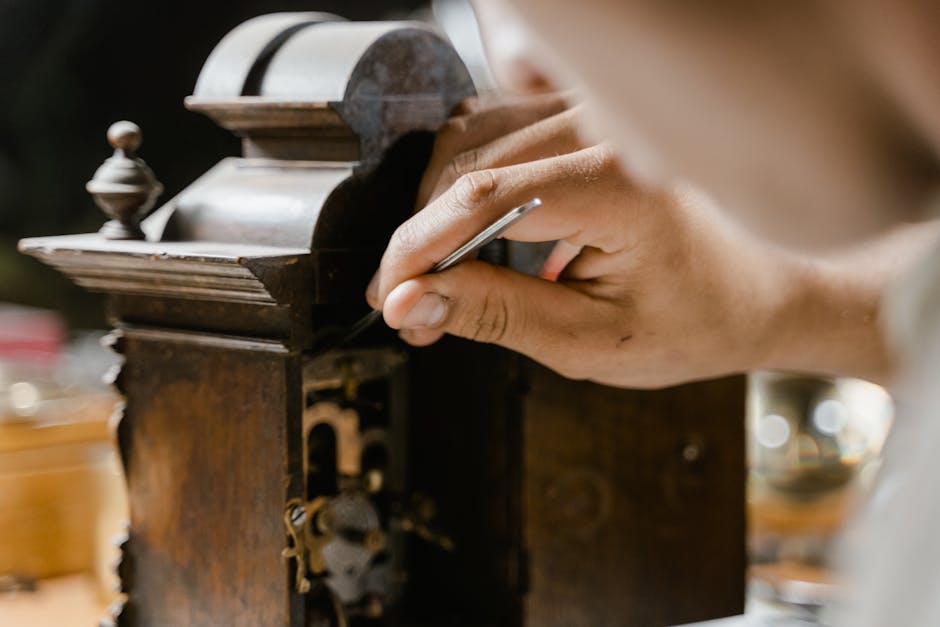
Wood is a common material used in antique furniture and decor, making woodwork repair a crucial aspect of antique interior restoration. Over time, wood can develop cracks, splits, or dents that detract from the beauty of the piece. To repair woodwork effectively, follow these steps:
- Clean the surface with a mild detergent and water.
- Fill any cracks or holes with wood filler, using a putty knife to smooth the surface.
- Sand the repaired area to blend it with the surrounding wood.
- Apply a wood finish or polish to restore the luster of the wood.
By following these steps, you can seamlessly repair damaged woodwork and enhance the overall appearance of the piece. Remember to take your time and work carefully to achieve professional results.
Reviving Upholstery
Upholstery is another key element of antique furniture that often requires restoration. Over time, upholstery fabric can become faded, torn, or stained, diminishing the beauty and comfort of the piece. To revive upholstery, consider the following techniques:
- Remove the old upholstery carefully, taking note of the original fabric placement.
- Repair any tears or holes in the fabric using a needle and thread or fabric glue.
- Clean the fabric thoroughly with a gentle upholstery cleaner.
- Reupholster the piece with new fabric, ensuring a snug fit and smooth finish.
By reviving the upholstery of antique furniture, you can breathe new life into old pieces and create a fresh look that complements your interior decor. Choose high-quality fabric that matches the style and era of the piece for a seamless restoration.
Preserving Patina and Finish
Preserving the patina and finish of antique furniture is essential to maintaining its historical value and aesthetic appeal. Patina refers to the natural sheen that develops on wood, metal, or other materials over time, adding depth and character to the piece. To preserve the patina and finish of antique furniture, consider the following tips:
- Avoid harsh cleaning products that can strip away the patina.
- Use a soft cloth to gently dust and polish the surface of the piece.
- Apply a thin layer of wax polish to protect the finish and enhance the patina.
By following these tips, you can maintain the natural beauty of antique furniture and prevent damage to the patina and finish. Regular maintenance and care will ensure that your antique pieces remain in pristine condition for years to come.
Restoring Hardware and Accessories
In addition to woodwork and upholstery, antique furniture often features intricate hardware and accessories that require restoration. From ornate drawer pulls to delicate hinges, these details add charm and elegance to the piece. To restore hardware and accessories effectively, consider the following techniques:
- Remove hardware carefully, taking note of the original placement.
- Clean the hardware with a mild detergent and water, or a specialized metal cleaner.
- Repair any damage or corrosion on the hardware using metal polish or rust remover.
- Reattach the restored hardware to the piece, ensuring a secure fit.
By restoring hardware and accessories, you can enhance the overall appearance of antique furniture and bring attention to the intricate details that make each piece unique. Pay attention to small details like drawer pulls and hinges to create a cohesive and polished look.
Common Misconceptions About Antique Interior Restoration
One common misconception about antique interior restoration is that it requires expensive tools and materials. While high-quality tools can certainly enhance the restoration process, it’s possible to achieve professional results with a modest budget and some DIY ingenuity. By researching cost-effective alternatives and learning basic restoration techniques, you can breathe new life into antique pieces without breaking the bank.
Conclusion
To wrap things up, antique interior restoration is a labor of love that requires patience, skill, and dedication. By mastering essential techniques such as woodwork repair, upholstery revival, and hardware restoration, you can preserve the beauty and integrity of antique furniture for generations to come. Remember to approach each restoration project with care and respect for the history and craftsmanship of the piece. Whether you’re restoring a family heirloom or a flea market find, the art of antique interior restoration offers a rewarding journey of creativity and preservation.
So, roll up your sleeves, gather your tools, and embark on the adventure of antique interior restoration. Your efforts will not only breathe new life into timeless pieces but also honor the craftsmanship and artistry of generations past. Happy restoring!

